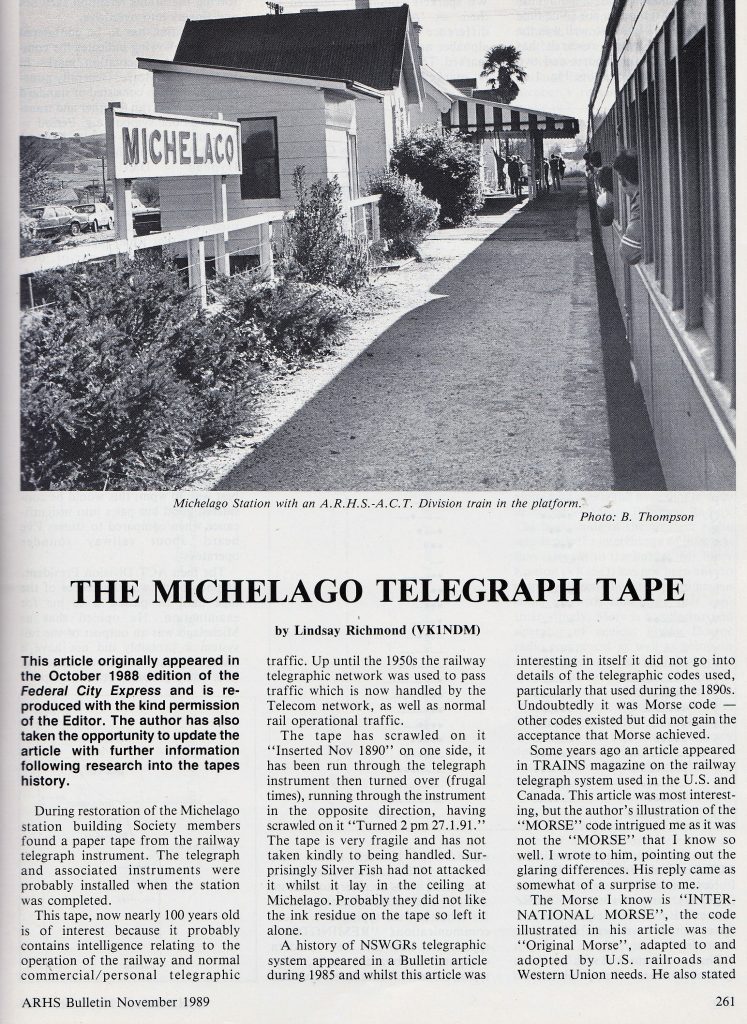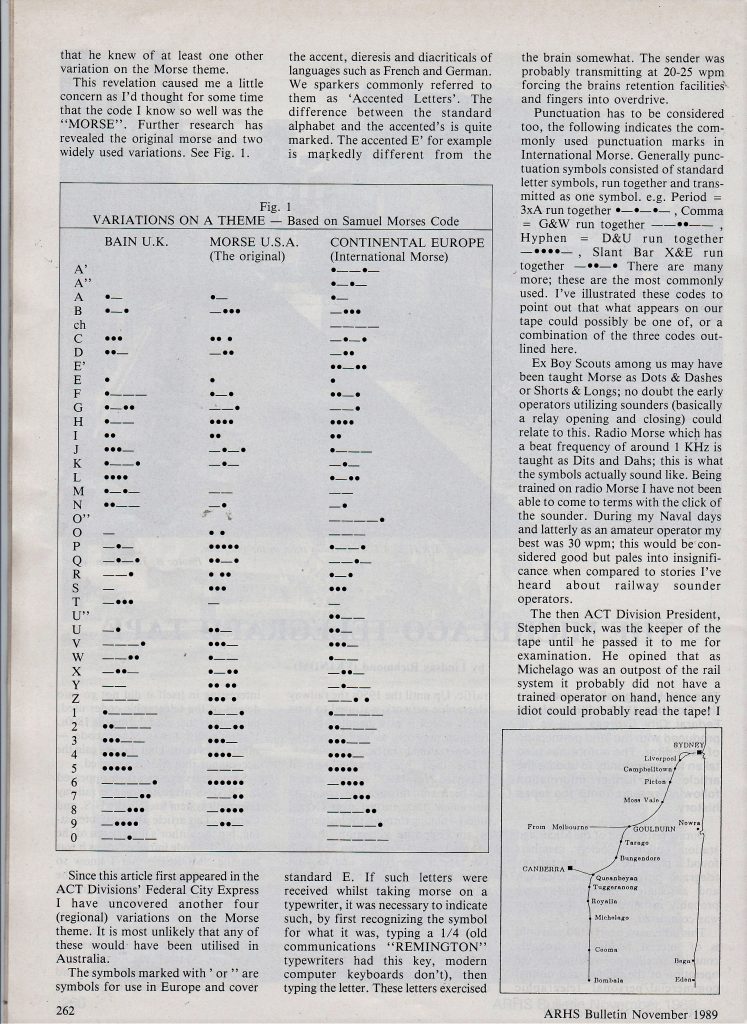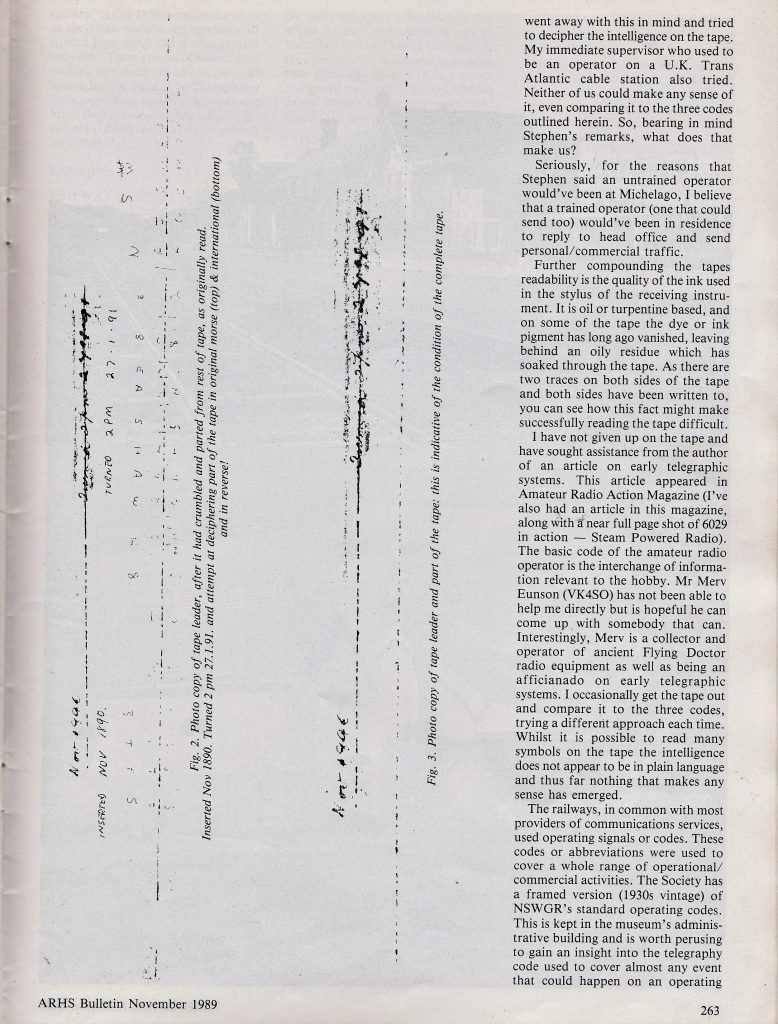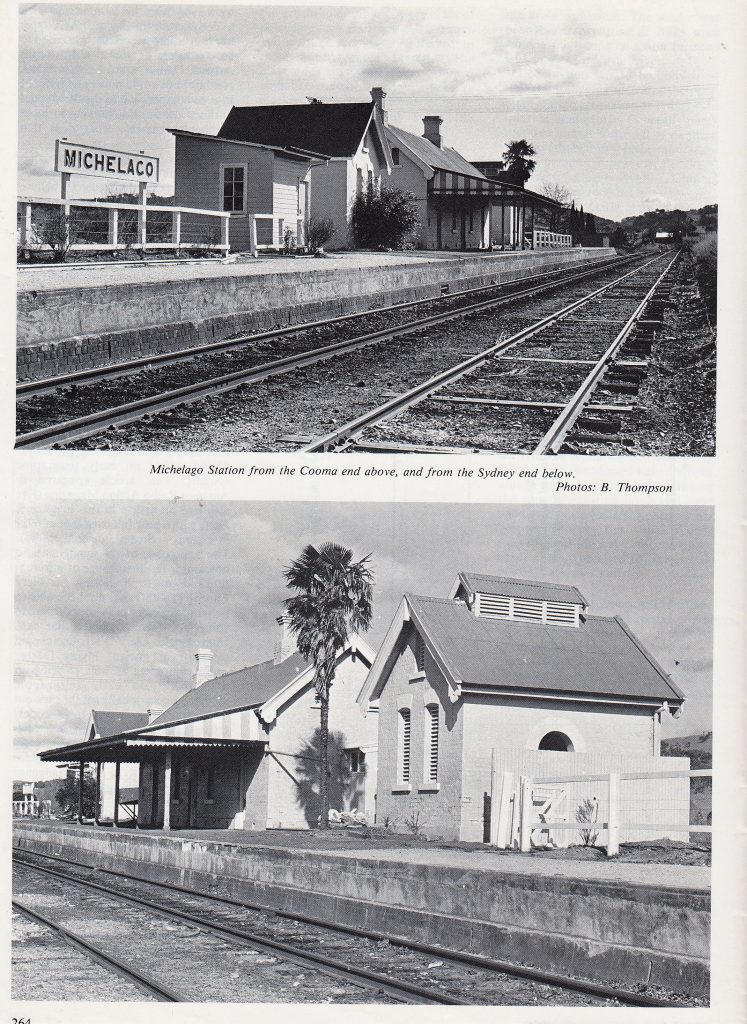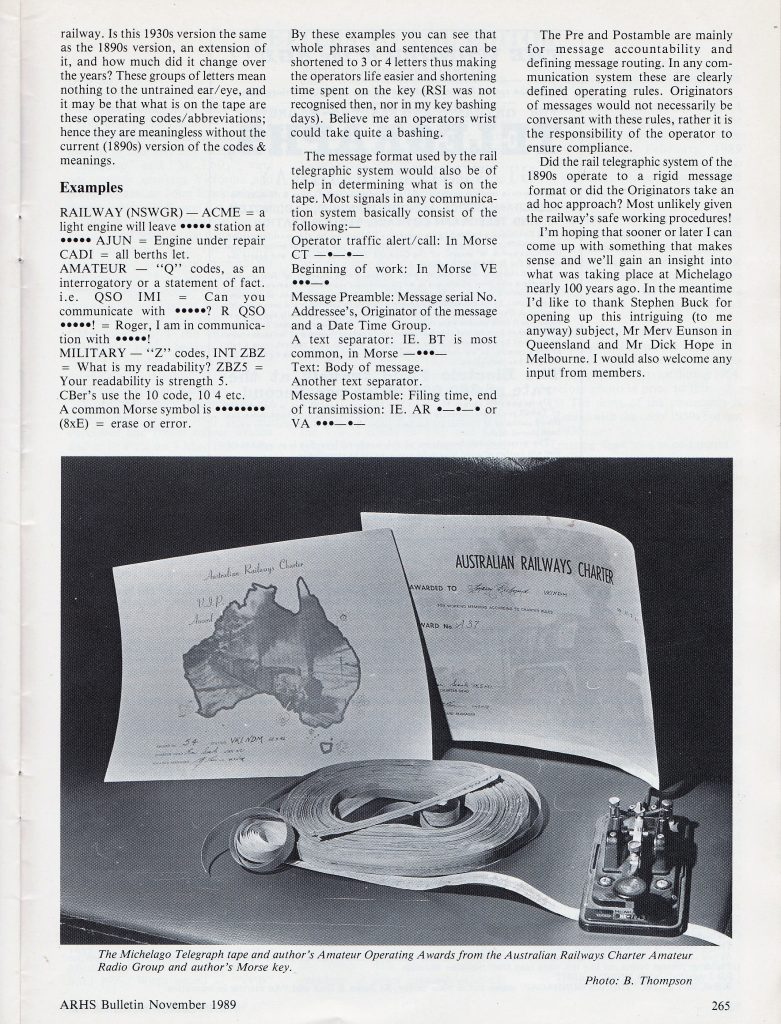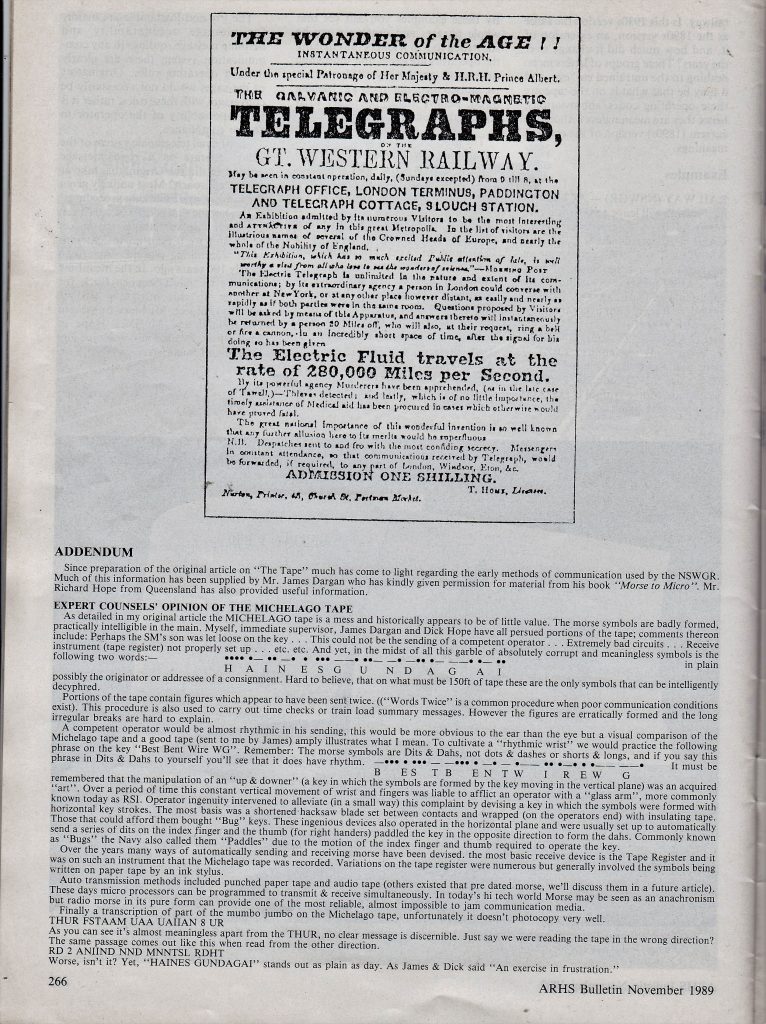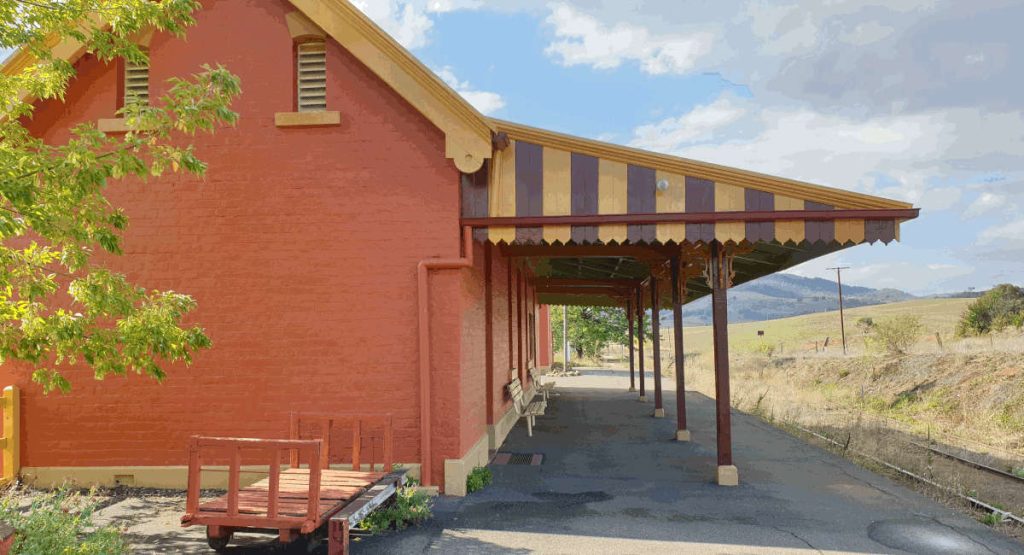
History
The Michelago Railway Station is a heritage-listed railway station on what was once the Queanbeyan-Bombala line. It was opened on Wednesday, 7 December 1887.
Timeline – work in progress
- Opened on 7 December 1887
- The village of Michelago standardised its spelling accordingly and the village shifted from the Monaro Highway to Ryrie Street where the station was built.
- Michelago was the terminus of the line, with passengers for Cooma and beyond transferring to Cobb & Co until Cooma Railway Station opened on 30 May 1889.
- September 1928 Safe at Michelago Railway Station blown open by explosives and seven pounds stolen
- 1967 Minister for Transport says no electric lights for Michelago Railway Station
- 1974 The NSW Government closes the Michelago Railway Station with only two days notice
- 1978 Canberra Times reports Michelago’s lovely old railway station being dismembered by vandals
- 1980 the NSW Government decides to demolish the Michelago Railway Station
- 1981 ACT Division of the Australian Railway Historical Society (ARHS) negotiates a lease for the Michelago Railway Station saving it from demolition
- Extensive refurbishments are carried out by the ARHS volunteers
- 1988 passenger trains cease running on the Queanbeyan to Cooma line
- 1989 freight trains cease running of the Queanbeyan to Cooma line
- 1993 Michelago Tourist Railway commences
- 1999 Passion filmed on location in Bath, Somerset and Devon in England, and Sydney, Canberra and Michelago in Australia. Scenes were shot at Michelago Railway Station.
- 2002 Michelago Tourist Railway ceases operations to Michelago due to deteriorating bridges, and finally stopped trips to Royalla by 2007.
- 2016 ACT Division of the Australian Railway Historical Society (ARHS) goes into voluntary administration
- 2018 Michelago Region Community Association signs a licence agreement with Transport NSW to lease the Michelago Railway Station for community purposes.
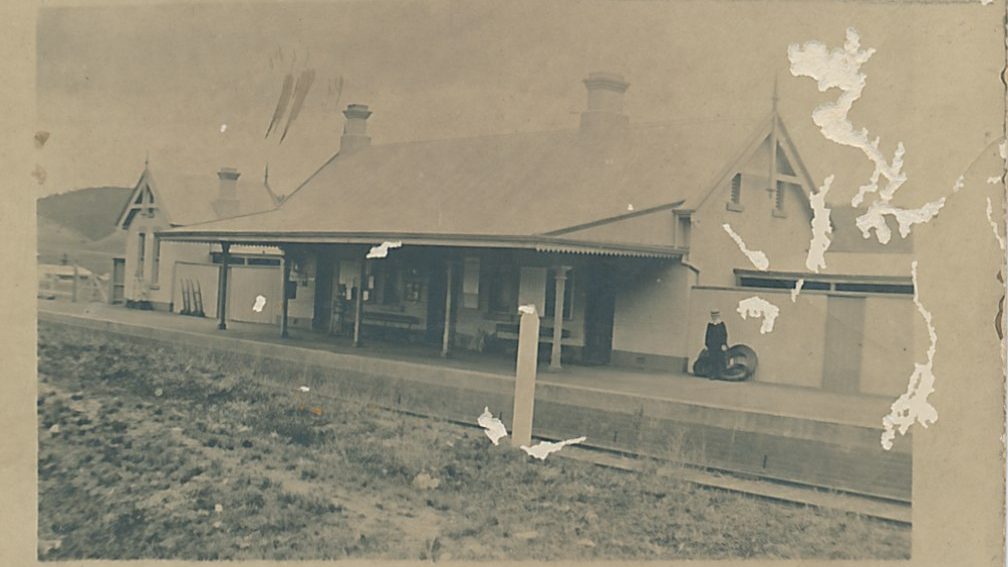
Michelago Tourist Railway (MTR) 1993 to 2002
The following two sections are extracts from a brochure published by the Australian Railway Historical Society (ACT Division) in the 1990s. Please note that the tourist railway closed in 2002 due to insurmountable problems with the line between Queanbeyan and Michelago.
HISTORICAL INFORMATION: How the MTR Came About
The Michelago Tourist Railway represents a momentous achievement for the Society – the fulfilment of a long-held dream. For many years we have looked forward to the day when the Society would be able to run its own trains over its own railway. Even as far back as 1980, when Michelago Railway Station became redundant, the Society negotiated a lease over the station building in the hope that one day it would have a vital part to play in a local tourist railway operation. How fortuitous was that decision.
The railway to Cooma appeared to be a likely candidate for closure even then, but it was not until 1989 that services actually ceased due to condemnation of the Chakola bridge south of Bredbo. Then began the long hard road to secure running rights over the line for the Society trains.
Since 1991, the Society has been an accredited mainline tour operator, able to run its own locomotives and rolling stock over State Rail tracks using State Rail crews. This has involved the complete mechanical overhaul of some 17 carriages, two steam locomotives, one diesel locomotive and one rail motor, all accomplished without the aid of workshop facilities and, for the most part, without reliance on paid labour.
On top of that the Society has now become an accredited tourist railway operator. This has required the development of crew training programs, track rehabilitation and installation of new infrastructure and safeworking equipment.
Civil engineering work has ranged from sleeper replacement to replacing a substantial timber trestle bridge with an embankment and Armco pipe arrangement. A locomotive turntable has been reinstalled at Michelago after an absence of a century. This was only possible through the major assistance provided by the local Engineering Unit of the Army Reserve. In the past twelve months the Society has spent around a quarter of a million dollars on equipment and civil engineering work, almost all of it generated by mainline tour operations.
HISTORICAL INFORMATION: Your Journey Down the Line (the line closed in 2002).
Regular services over the Michelago Tourist Railway presently operate out of Queanbeyan. The Society has been fortunate in obtaining a lease over most of the old station building at Queanbeyan, which is the subject of a heritage order. The Society’s licence to operate over the Michelago railway actually starts just south of Queanbeyan at Harman, adjacent to the naval base. Trains operating between Canberra and Harman are operated by State Rail crews. Qualified Society crews operate the trains between Harman and Michelago.
The Michelago Tourist Railway makes use of part of the old line which linked Queanbeyan with Cooma and Bombala. The difference in altitude between Queanbeyan and Cooma is only 232 metres but the 113 kilometre-long railway which used to link them follows a switchback course on which level track is almost unknown and there are long sections of gradients as steep as 1 in 40/50. This is because the valley of the Murrumbidgee River is too deep and narrow to accommodate a railway, so that the line had to be kept up on the foothills to the east of the river and in consequence must negotiate a succession of westward-facing creeks and rivers and the ridges between them.
The first section out of Queanbeyan is a relatively easy one, but once the line crosses Jerrabomberra Creek at Tralee it begins a climb of more than six kilometres on almost unbroken 1 in 40 and 1 in 44 gradients. On the left hand side, just beyond the creek, can be seen the remains of Environa, a bizarre and unsuccessful attempt made in the early 1920s to develop a freehold township on the border of the Australian Capital Territory.
As the line climbs higher and after it clears the Hume Industrial Estate, there are fine views on the right side of the train across the Tuggeranong Valley suburbs to the Brindabella ranges. The line then turns abruptly eastward through a cutting to enter a large horseshoe curve which takes it around the headwater of Tuggeranong Creek in the picturesque and seclude Melrose Valley. At the entrance to the valley the train passes the site of the former Tuggeranong platform, closed in 1976. The goods platform and associated siding still remain (on the right hand side of the line) but the passenger platform has been demolished.
Being quite secluded, the Melrose Valley is a place where you can often see kangaroos not far from the trackside. Keep an eye open. On the southern sider of the valley, the line passes through deep cuttings. The rock which was removed can still be seen in conical tips in the gullies. Once clear of the Melrose Valley, the train climbs sharply up through the gap between Enchanted Hill and Mt Rob Roy. The gap marks the start of a 13 kilometre descent, generally on fairly easy gradients, which takes the line down to Deep Creek.
Royalla passenger platform and goods siding were closed in 1972. However, the crossing loop was retained in use until closure of the line in 1989. Williamsdale station, some six kilometres further south, has been completely demolished. Th timber trestle bridge north of Williamsdale rotted beyond repair and only this year was replaced by a more practical Armco pipe and embankment, a major civil engineering undertaking for our volunteer workers.
In the vicinity of Deep Creek and Waterhole Creek, south of Williamsdale, the line is close to the Murrumbidgee River, out of sight to the west. The train then climbs six kilometres up the valley of Waterhole Creek to a saddle on the western slope of Mt Michelago. The top of the gradient is marked by one of the few overhead road bridges on the line, this gravel road being the old ‘coach road’ in the days of Cobb & Co. From that point it is all downhill to Michelago, the train negotiating a series of sweeping curves, with the Tinderry Ranges raising like a wall to the east.
For a time, Michelago was the terminus of the line, passengers for Cooma having to transfer to the stage coaches to complete their trip to Cooma and other points further south. In its heyday, the town boasted 9 hotels and the railway facilities included overhead water tank, turntable, and livestock and goods loading facilities. The water tank foundations can be seen at the southern end of the platform. Water for the tank was pumped from the nearby creek south of the town. The turntable was obviously removed a long time ago as the Railways were unaware of it ever having existed! Society members found the turntable pit in the long grass to the south of the station and have since resurrected it to operating condition, using a turntable purchased from The Rock in southern NSW.
When Michelago station was threatened with demolition in 1980, the Society negotiated a lease over it and commenced a program of restoration work to arrest decay and return the station to its former charming appearance. That foresight has now been vindicated and the Michelago Tourist Railway is a reality.
End of extract
The Michelago community, including the local CWA, catered for the tourists who arrived every month, and at peak times, weekly. There were Jazz Trains, Bush Dance Trains and Picnic Trains and even a Santa Picnic Train. The proceeds funded village facilities.
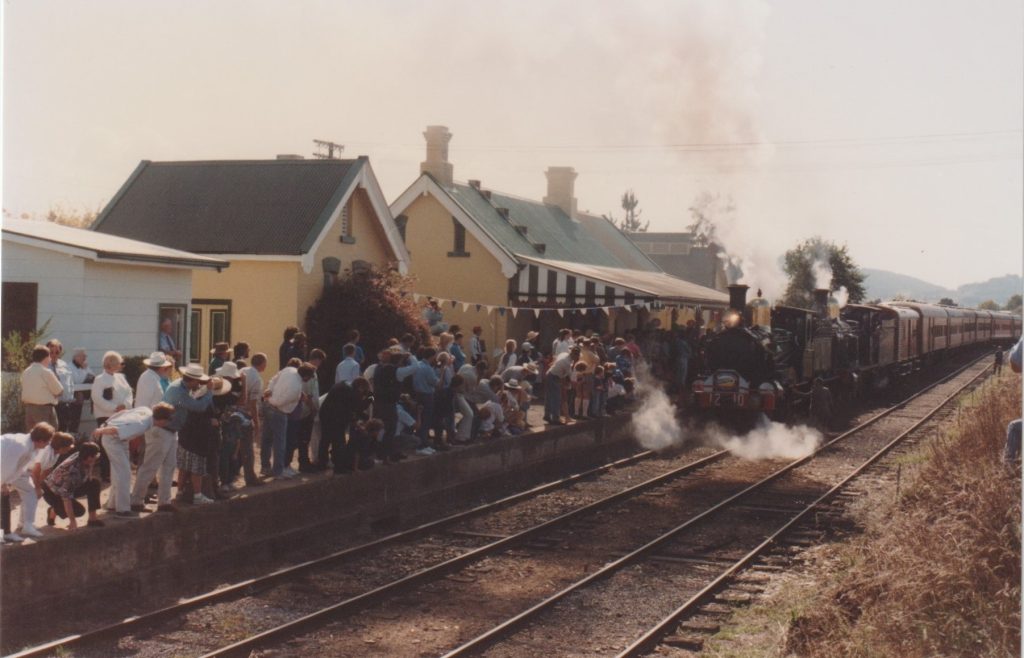
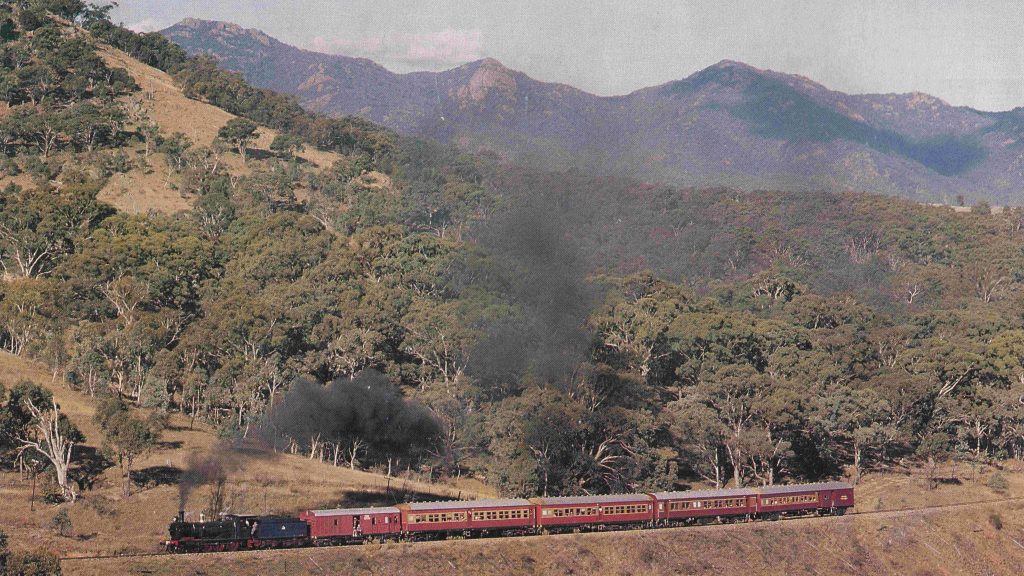
The Australian Railway Historical Society (ACT Division) operated the Michelago Tourist Railway (MTR). The official opening of the MTR on 26 April 1993 saw both 1210 and 3016 double head on the run from Queanbeyan to Michelago. For the return journey the train ran as two divisions, each worked by either 3016 or 1210. Photo: Ken Date
Michelago Tourist Railway gallery
Photos: Lindsay Richmond
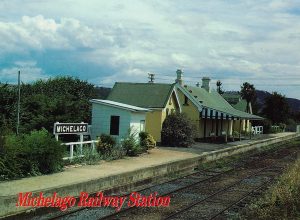
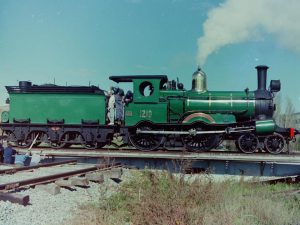
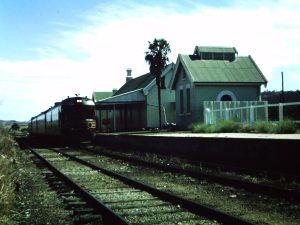
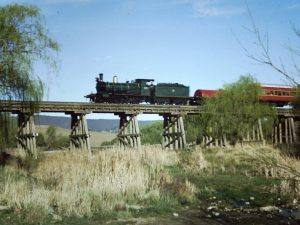
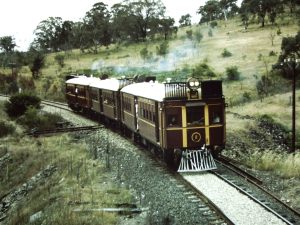
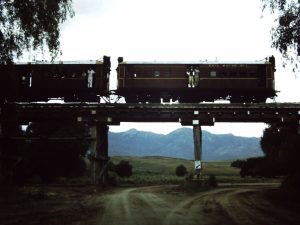
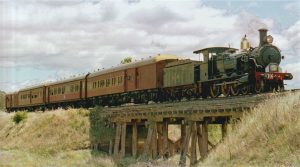
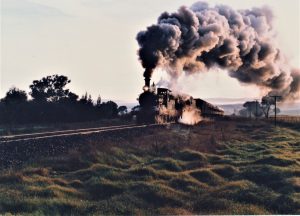
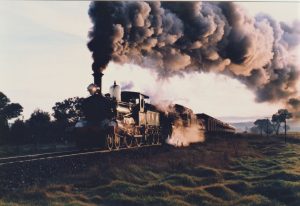
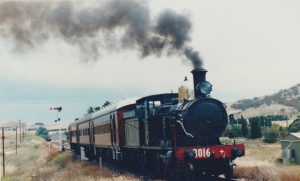
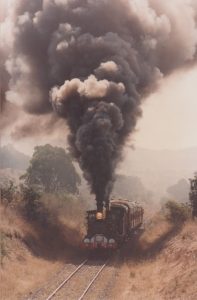
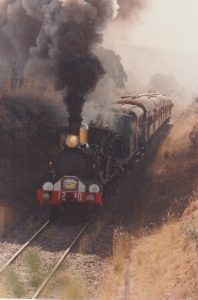
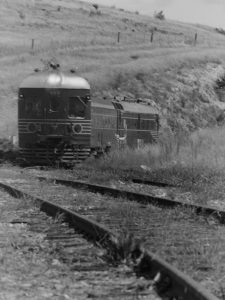
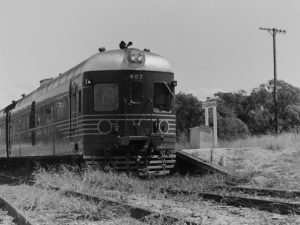
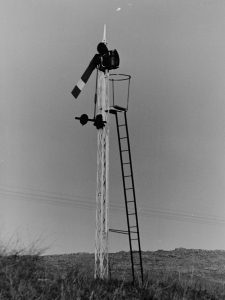
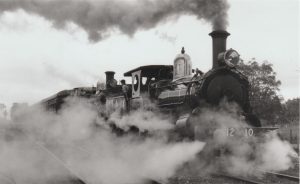
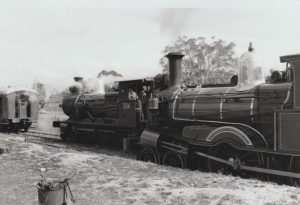
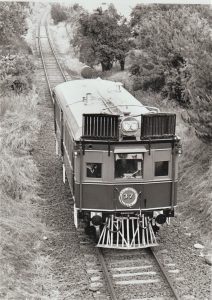
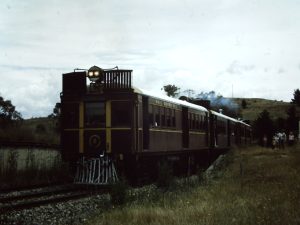
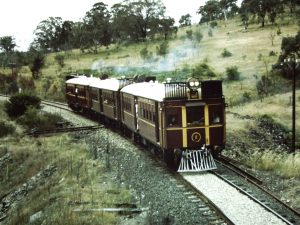
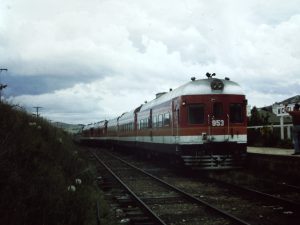
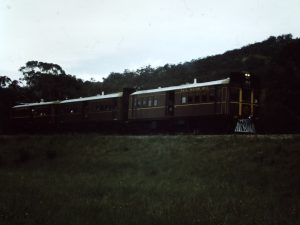
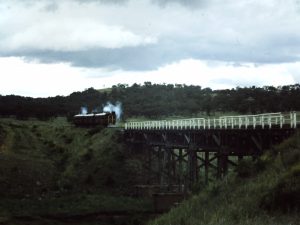
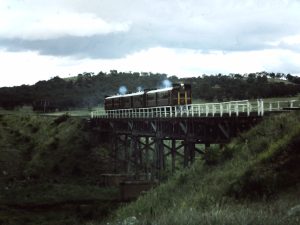
The MTR ceased operation in 2002 due to the deteriorating state of the rail line.
The Michelago Telegraph Tape discovery by Lindsay Richmond
